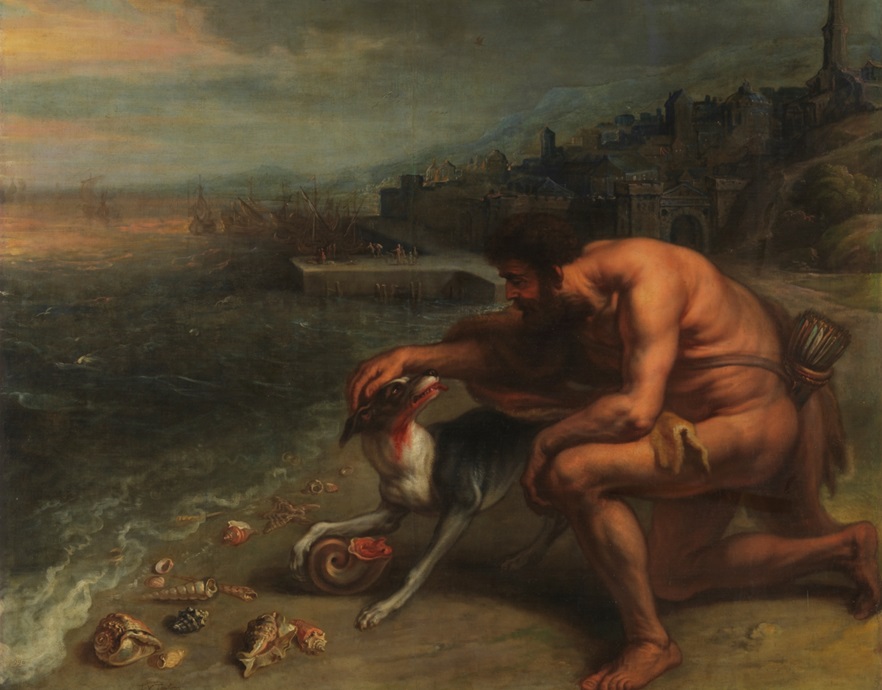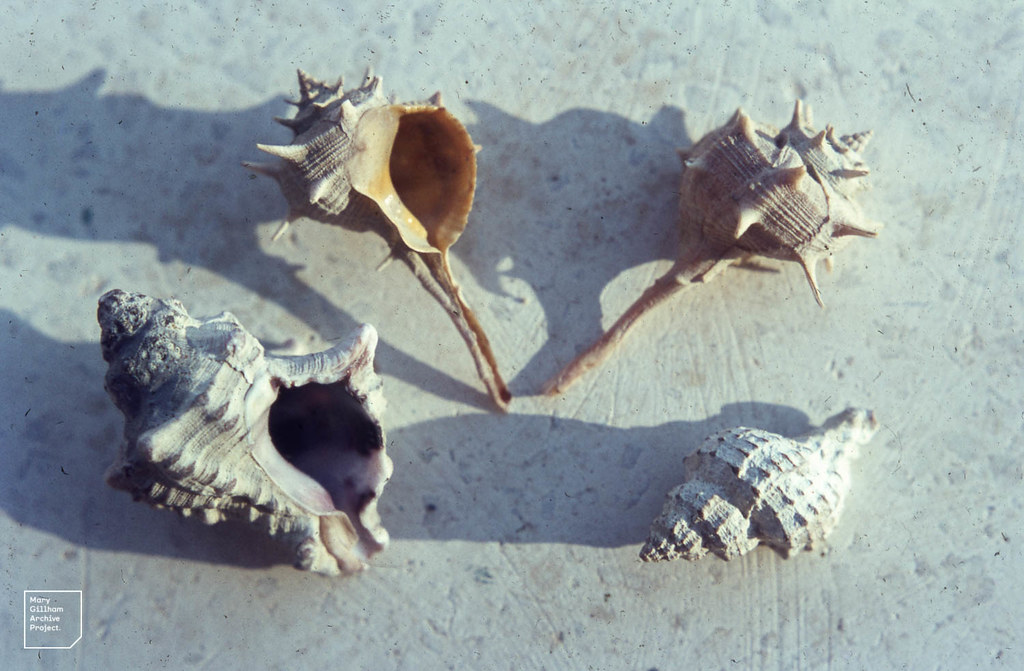
An ancient color called Tyrian purple was the most expensive dye in the ancient world and it was more valued than gold in Ancient Greece, Rome and Byzantium.
Manufactured from extracting the dye from murex snails, this rich and luxurious hue has been associated since antiquity with regality and status.
Most experts credit its inception to the Phoenicians, people who inhabited today’s Lebanon and established cities such as Byblos, Sidon, Tyre, and Beirut. After all, Tyrian purple took its name from the ancient city of Tyre, one of the oldest continually inhabited cities in the Mediterranean and the world.
Others say that archaeological and epigraphic data from the Aegean suggest that the “royal purple” industry first developed on Crete.
Robert R. Stieglitz writing in the Biblical Archaeologist magazine argued that before 1750 BCE, Minoans on Crete and some Minoanized islanders, such as those on Kythera, were already manufacturing sea-purple, generating an industry that then caught on and prospered throughout the eastern Mediterranean.
The Greek version is that the demigod Heracles and his dog were walking along a beach to visit a nymph. The dog gnawed on a snail and ended up with a purple mouth. When the nymph saw the color she begged for a garment of the same color.

How the ancient purple color was created
Irrespective of who was first to create the color, the fact remains that it took tens of thousands of glands, wrenched from the coils of murex sea snails before being dried and boiled, to color even a single small swatch of fabric.
Unlike other textile colors, whose luster faded rapidly, Tyrian purple only intensified with weathering and wear – a miraculous quality that commanded an exorbitant price, exceeding the pigment’s weight in precious metals.
First, the sea snails had to be harvested. According to the Roman author Pliny the Elder, thousands of snails were needed to produce just one ounce of dye. Next, the glands were extracted and placed in a lead pot filled with brine. The pot was heated slowly for about ten days until the mixture turned a reddish-purple color.

It was a long and very smelly process. Because the materials were smelly, the places where Tyrian purple dye was manufactured were usually located downwind of towns and cities.
The vibrant color and durability of Tyrian Purple made it highly sought after in the ancient world, and it became associated with royalty, nobility, and prestige. Its use was reserved for the elite, and it was often used in the production of royal garments, ceremonial robes, and other items of high status.
Its use was often regulated by sumptuary laws, which dictated who was allowed to wear it. It also held religious and spiritual significance. In ancient Rome, the color was associated with the imperial cult and was used in the ceremonial regalia of emperors and high priests.
The modern Tyrian Purple
The use of Tyrian Purple in religious rituals and sacred ceremonies underscored its perceived connection to the divine and the otherworldly, further enhancing its mystique and allure.
While the traditional method of extracting the dye from murex snails is no longer widely practiced due to its high cost and environmental impact, synthetic versions of Tyrian purple are now available.
These synthetic dyes are produced using chemical processes that mimic the natural production of the dye in snails. They are much less expensive than natural dye and do not require the harvesting of snails.
However, some enthusiasts continue to harvest snails traditionally. As Reuters reported in 2022, a Tunisian history enthusiast is making dye from sea snail shells inspired by a school project decades ago.
Mouhamad Ghassen Nouira works from a hut in his garden to process murex snails using ancient techniques to produce Tyrian purple that sells online for about $2,500 a gram.
At first people criticised his new hobby, he said, complaining about the time and energy he devoted to it. But as he started to get results, people saw he was onto something.
“The criticism turned into encouragement and that motivated me to keep going,” he said.
See all the latest news from Greece and the world at Greekreporter.com. Contact our newsroom to report an update or send your story, photos and videos. Follow GR on Google News and subscribe here to our daily email!



